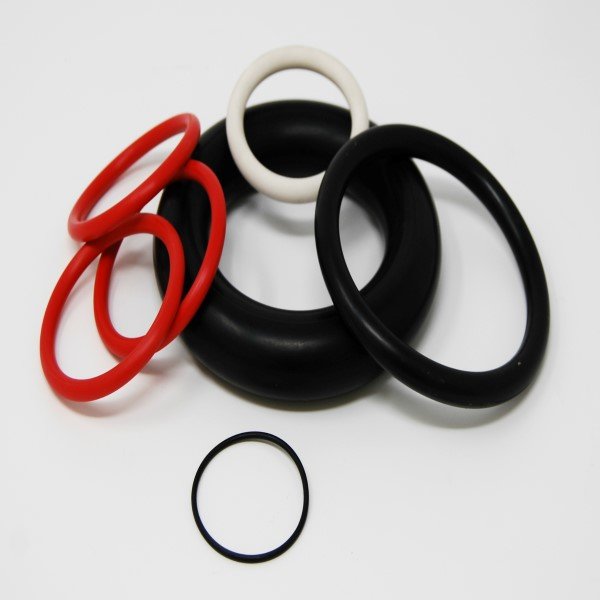What is an O Ring? | What are O-Rings Used For?
What is an O Ring? | What are O-Rings Used For?
What is an O Ring? | What are O-Rings Used For?
11 Feb 2019

All About O Rings
O rings are the most widely used seal in industry because they offer amazing value. They are both inexpensive and very effective. They are also incredibly versatile. They are suitable for both static and dynamic applications. If you are shopping for these seals, it is important to ask what material an O ring is made of before purchasing it. They are made with a variety of elastomer materials suitable for different environments and temperatures, and it is important to choose one made with a material that is appropriate for the purpose.
O rings are ideal for static applications such as pipes, cylinders, flanges and plates. Their static applications include both industrial and personal uses. In addition to machinery, they can be used in cameras, refrigerators, scuba gear and even the tap at the local pub.
What is an O ring’s biggest drawback? While they are used in both static and dynamic applications, high-speed movement can reduce their effectiveness. This is because the material needs to bounce back after being compressed by the movement, and in situations with fast-moving machinery, an O ring might not recover its shape fast enough to be 100% effective. They are ideal, however, for slower moving dynamic applications such as shafts, spindles and rotary transmission lead-throughs. They can cope with pivots, rotation and spiral movement.
The beauty of O rings is their simplicity. Simple is often better. Their one-piece construction means they are sturdier and less can go wrong. It also makes them easy to fit, but O rings do not last forever. In industrial settings, if an O ring wears out, it impacts productivity. That loss can be minimized, however, by maintaining a supply of replacement O-rings in the appropriate sizes so that if one goes, it can be replaced immediately.
For more information regarding O-rings please click here or fill the following form to request more information regarding o-rings here
-
Post tags
-
O Rings
-
O Ring
-
Abbey Seals
-
What are O-Rings Used For?
